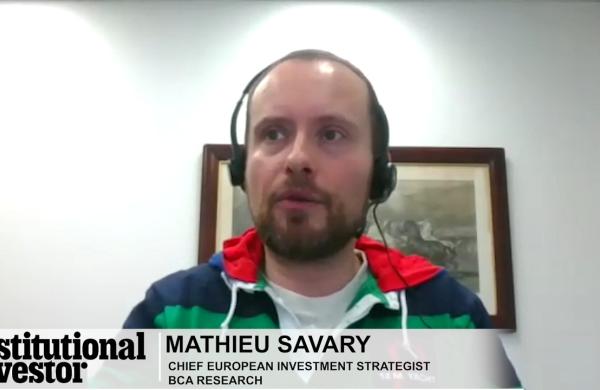Liability-driven investment (LDI) is one of those concepts that has been refined to the point of commoditization, with a narrowing of perceptions on the part of the industry as to how best to organize assets against a defined set of liabilities.
When U.K. pensions started utilizing mark-to-market accounting over the past few decades, they anchored it on gilts, which led to a sort of idolizing of LDI. By using the gilt proxy as a benchmark, pensions implicitly focused primarily on funding level volatility as the key measure of risk. That in turn led to enormous effort and resources being expended to manage down that volatility, with many schemes dividing their portfolios strictly between so-called growth and matching buckets, with the matching bucket dedicated to the purest possible liability hedge and the growth bucket driven to maximize total returns.
Sadly, that practice has tended to leave large swaths of assets effectively orphaned. Assets that neither match the liabilities perfectly nor offer equitylike levels of return can struggle to find a home. Glide paths typically aim to shift assets from growth to matching as funding levels improve, ensuring that the allocation to the matching bucket is maximized. In the name of pursuing increasingly rigid barbell strategies, where the allocation to the matching bucket is maximized and the growth bucket is juiced up as far as possible, schemes end up dramatically underutilizing securities that exhibit characteristics of both.
There’s another practical problem for LDI in many U.K. pensions: It embeds an assumption that the target portfolio at the end of the de-risking path is a gilt portfolio. In reality, however, most schemes define self-sufficiency as being able to run the plan out and meet liabilities as they come due, without recourse to the sponsor — in other words, securing cash flows at a reasonable price with acceptably low risk. Against this description, the target portfolio at the end of the glide path could look very different from that implied by the gilt-anchored approach. Gilts certainly secure cash flow. It is questionable, however, whether they pass the at-a-reasonable-price test when compared with other possible strategies for securing the cash flows.
We would argue that the game for pension schemes must evolve: It has to be more about assessing cash flows than about a purely theoretical take on LDI. We at J.P. Morgan Asset Management challenge the notion that the means of measurement should narrowly define the means of investing. Utilizing a more targeted self-sufficiency portfolio focused on meeting cash flow needs would encourage trustees to start building that portfolio earlier and funding the long-term positions as opportunities become available, rather than waiting to make a big bang transition at some point in the future.
The gilt-plus formulation has certainly moved us on from the profoundly smoothed valuation approaches of yesteryear, and to make the leap from the asset-only to the asset-liability perspective in managing pension assets. Nonetheless, in a lower-for-longer world, we need to be more thoughtful about how we define the benchmark, or target, portfolio, whether implicitly or explicitly. Looking at our capital markets today, that means changing the anchor from gilts to a broader set of core cash-flow-matching instruments and building more balanced long-term portfolios.
Sorca Kelly-Scholte is Europe, Middle East and Africa head of pensions solutions and advisory at J.P. Morgan Asset Management in London.
Get more on pensions.





